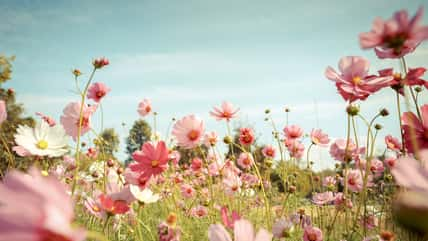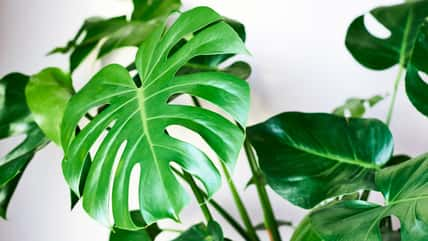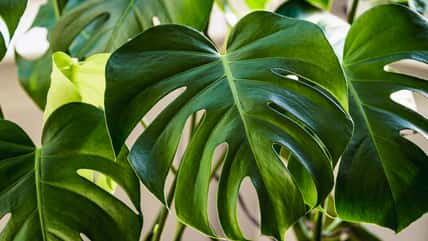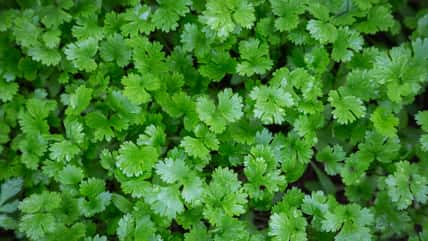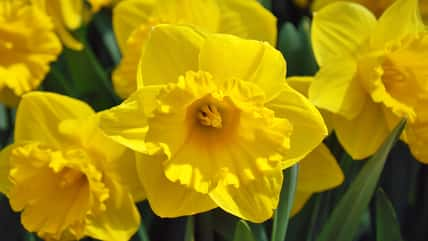Spice Up Your Garden This Spring By Planting These Five Exotic And Unusual Herbs

As the frost of winter melts and days start to grow longer, gardeners everywhere are just itching to dig their hands back into some soil again.
But spring is not just a time for the usual suspects like basil and parsley. Instead, it’s the perfect season to experiment with some unique and intriguing herbs that can bring a whole new world of flavors and benefits to your garden.
So, this year, why not step outside your comfort zone and plant something a little different? To help get you started, here are five unusual herbs with rich histories and uses.
Costmary: The Bible Leaf Herb
Costmary, often known as “Bible Leaf,” is an herb that hails from the Mediterranean region.
This perennial was traditionally used as a bookmark in Bibles, which is how it got its nickname. Its leaves also have a sweet, balsamic fragrance and were once used in ale before hops became popular.
Costmary thrives in well-drained soil and partial shade, making it a great addition to a garden that doesn’t get full sun all day. It’s quite drought-tolerant once established, too, so don’t worry if you forget to water it now and then.
You can then use its leaves in teas and salads to add a subtle but minty flavor to your meals.
Reyhan
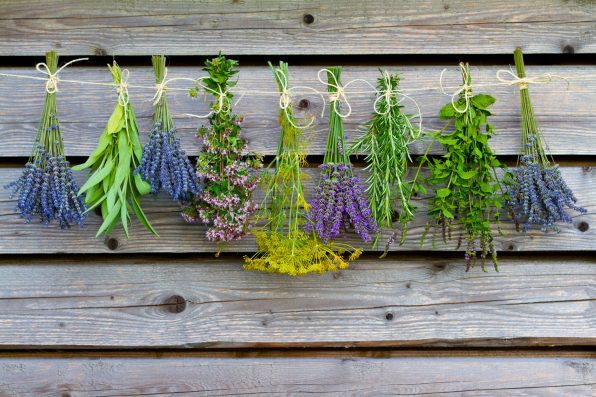
Gorilla – stock.adobe.com – illustrative purposes only
Reyhan, also known as Tulsi or Holy Basil, is an herb with deep roots in Indian culture and Ayurvedic medicine.
Revered for its healing properties, Reyhan is not just a culinary herb but also a symbol of purity in Hinduism. So, planting Reyhan in your garden can bring a touch of the East right to your own backyard.
It prefers warm temperatures and plenty of sunlight. It also needs regular watering, but be careful not to waterlog the soil. The leaves are fantastic in teas, delivering a peppery flavor with hints of cloves.
Daun Kesum
Daun Kesum, or Vietnamese coriander, is a staple in Southeast Asian cooking, known for its strong, citrusy flavor.
It’s essential in dishes like Laksa, a popular spicy noodle soup. So, this herb is a must-grow for those who love to experiment with international cuisines.
Unlike most herbs, Daun Kesum loves moisture and does well in a slightly shaded area. Regular trimming will also encourage bushier growth, ensuring a steady supply of its aromatic leaves.
Then, after nurturing this herb, you will get to experience a unique flavor that’s unlike any traditional herb found in a typical garden.
Borage: The Starflower Herb
Borage, with its beautiful star-shaped flowers, is not just a feast for the eyes but also a cool culinary experience.
Native to the Mediterranean, this herb tastes surprisingly like cucumber, making it perfect for summer salads and drinks.
Borage is a hardy plant that prefers sun but can tolerate partial shade. It’s a self-seeding annual as well, so once you plant it, you can expect to see it pop up year after year.
The flowers are not just edible, either. They’re a beautiful garnish for any dish or cocktail, too.
Finally, borage is also known for attracting bees and beneficial insects, making it a great companion plant.
Besobela
Last but not least, Besobela, or Ethiopian sacred basil, is an herb steeped in tradition. Its flavor is similar to regular basil but with a more intense, spicy undertone.
Besobela thrives in well-drained soil and full sun, making it perfect for those sunny spots in your garden.
In addition to culinary use, this herb is also believed to have medicinal properties, particularly for stomach ailments. It’s a perennial, too, so with proper care, it will grace your garden for years to come.
Sign up for Chip Chick’s newsletter and get stories like this delivered to your inbox.
More About:Gardening

